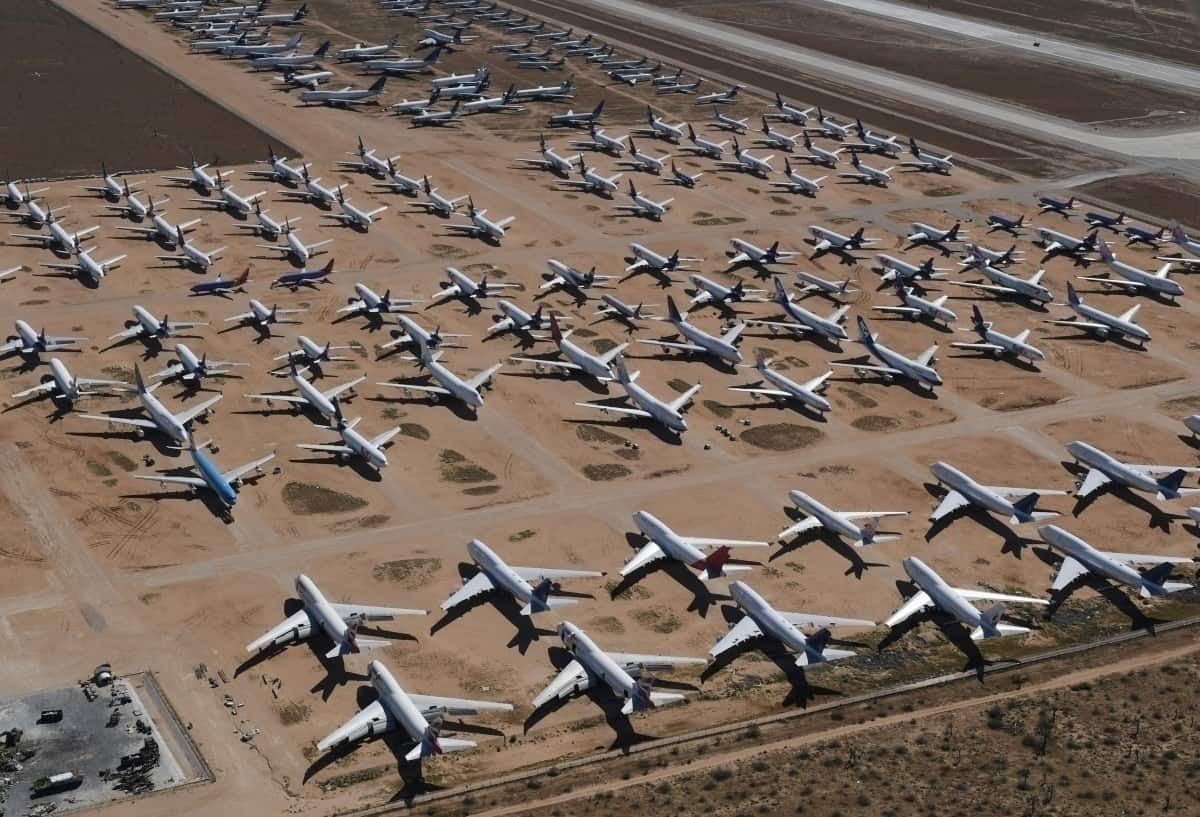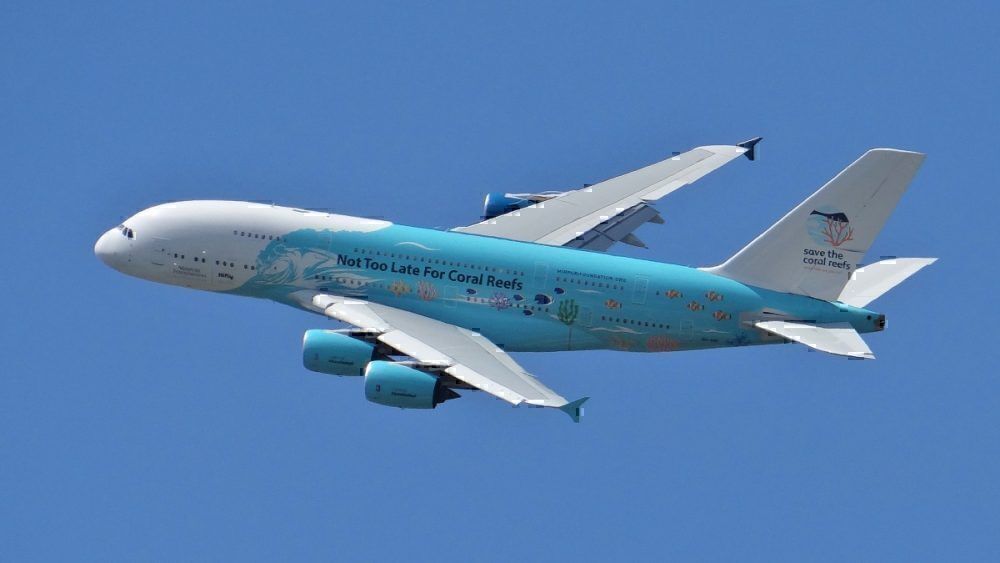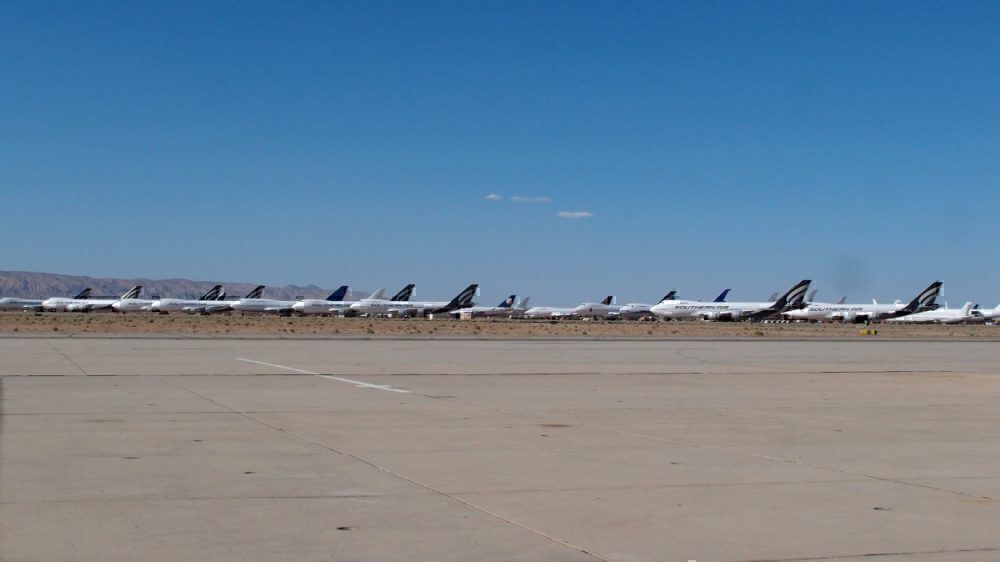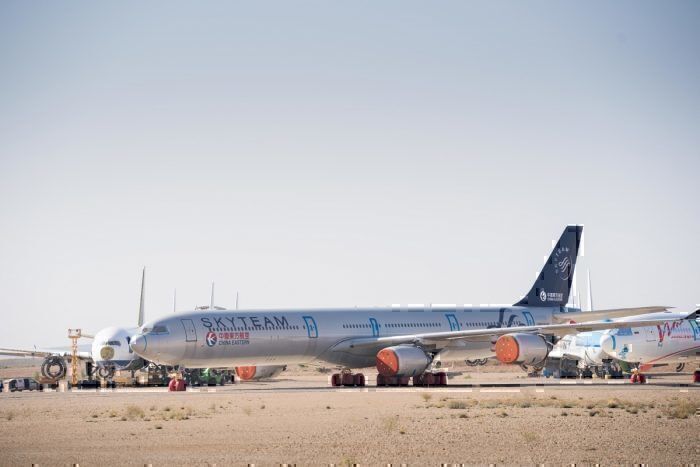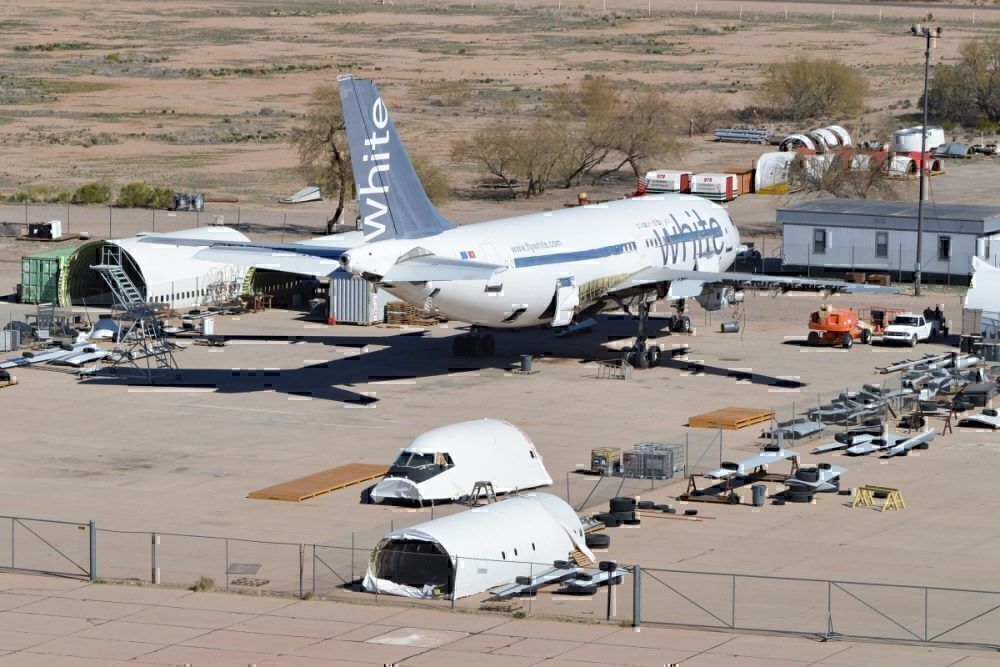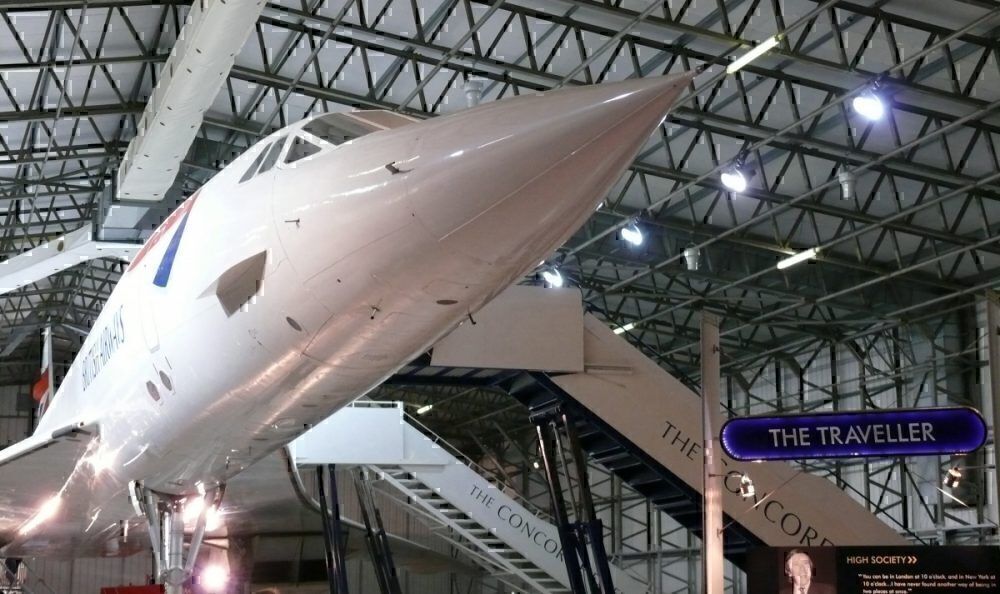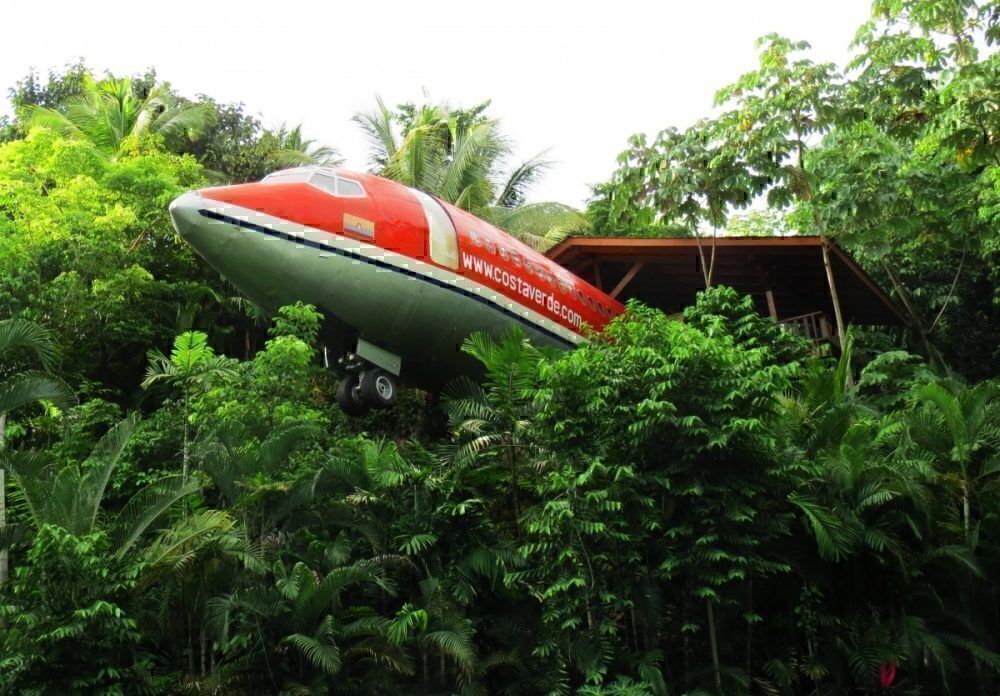Many of us have seen photos of collections of aircraft stored in graveyards in the desert. While this is likely the final resting place of most aircraft, retirement is not as simple as just sending them there. Aircraft are expensive assets, and even after retirement, there is plenty of value in most. This article takes a look at the options after retirement, with a few examples.
Retiring aircraft
According to IATA, over 16,000 commercial aircraft have been retired worldwide over the past 35 years. Commercial aircraft have an average age of just 27 years, but many are retired earlier than this. It is not just about age - flying hours and 'pressurization cycles' are also relevant.
With substantial initial cost, what happens after retirement is, of course, very important to aircraft owners. They will seek to maximize the return on the aircraft – this could lead to resale to another airline, storing for future use, or breaking up for parts.
Secondhand market
Of course, not all aircraft are scrapped as soon as their operating airline is finished with them. There is a strong trade in secondhand aircraft, and many airlines are willing to purchase a used aircraft rather than a much more expensive new one. And in less regulated countries, looser maintenance and safety requirements can extend the life of aircraft that have become too costly to continue service elsewhere.
Even aircraft such as the A380 have a secondhand market. One retired aircraft from Singapore Airlines was sold to charter airline Hi Fly. However, its use was fairly limited, and the airline confirmed it would be retiring the type (again) at the end of the current lease period.
End of life retirement – heading to the graveyard
If there is no buyer for an aircraft, then it will usually head to an aircraft scrapyard (often called an aircraft graveyard or boneyard). This could be a short term storage option until a buyer is found or the market improves. Or it could be for immediate or slower breakdown and recycling for its parts.
The most well-known storage and retirement locations are in the US deserts. There is plenty of space here, and the dry conditions are perfect for the long term preservation of airframes. Some of the largest facilities include Pinal Airpark and Kingman Municipal Airport in Arizona and Mojave Air & Space Port, and the Southern California Logistics Airport in California.
But there are many other locations around the world. These include Alice Springs in Australia (home to Asia-Pacific Aircraft Storage), Teruel airport in Spain, and Kemble in the UK (home to Air Salvage International).
With plenty of value left in most aircraft after retirements, these 'graveyards' are not merely locations where the aircraft are left to decay. Some will be carefully stored and lightly maintained, pending a future return to service. Others may be similarly stored while a buyer is found at the right price.
They may be kept for a long time for spare parts, as the price and need for these can vary significantly over time. Or they may simply be scrapped, with parts salvaged and sold as quickly as possible.
Selling the parts
The decision of whether to sell or scrap an aircraft is based on the value that can be recovered. This is a rapidly changing market, and it can often be the case that an aircraft is worth more for parts and scrap than on the secondhand market.
In reporting by CNN in 2018, Mark Gregory, managing director of Air Salvage International in the UK, explained how it recycles many aircraft well before their end of service life. He said:
"The average age of the aircraft we scrap is 18 years. This is already well below the theoretical operational life they have been designed for, but on some occasions, we have dismantled aircraft that were not even 10 years old."
There is a big market for secondhand parts. According to reporting by Bloomberg, $2.5 billion of secondhand spare parts entered the market between 2009 and 2011, for example (much of this would have come from graveyards). The Aircraft Fleet Recycling Association (AFRA), a non-profit body promoting best practice aircraft recycling, estimates that 400 to 450 aircraft are scrapped and fully disabled each year.
Engines are the most obvious example, retaining a high-value whole or in parts (blades regularly need replacing even on newer aircraft, for example). But everything has value - from APUs and land gears to windscreens and seats. And finally, there is scrap metal value for the fuselage (around £35,000, or $43,000, for a Boeing 747, according to the Daily Mail).
According to AFRA, around 70% of an aircraft can currently be fully recycled for parts of materials. It hopes to increase this to 95% through technology improvements and promoting industry best practice.
Some more unusual uses
A select few aircraft avoid the scrapheap and go onto more unusual things. Iconic aircraft may find their way to museums or be put on display. Concorde is, of course, an excellent example of this.
Other aircraft have found new lives as hotels or restaurants. A Boeing 747 has found use as a hotel in Stockholm, for example. And in Costa Rica, you can spend the night in a suite built in the fuselage of a Boeing 727 (at the Hotel Costa Verde for anyone interested!)
And for a real one-off use, take a look at the sunken Boeing 747 in Bahrain. This opened as a new diving spot in 2019.
Feel free to share any other interesting stories of aircraft retirement or secondhand sales that you know about in the comments below.

